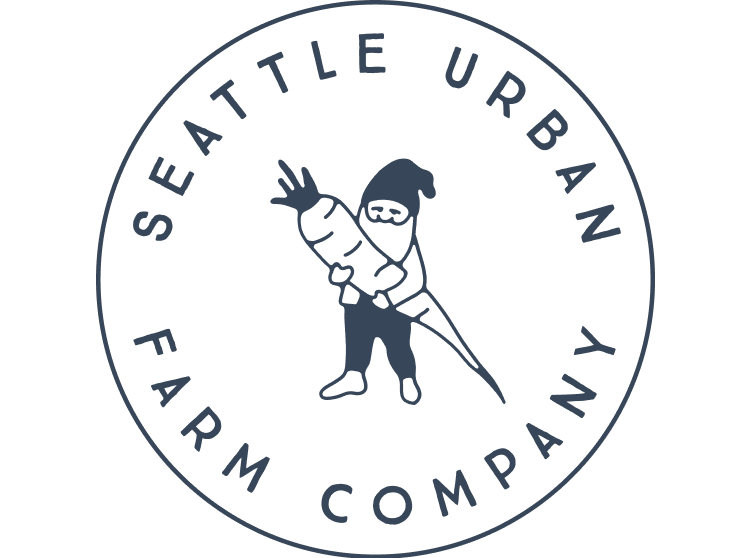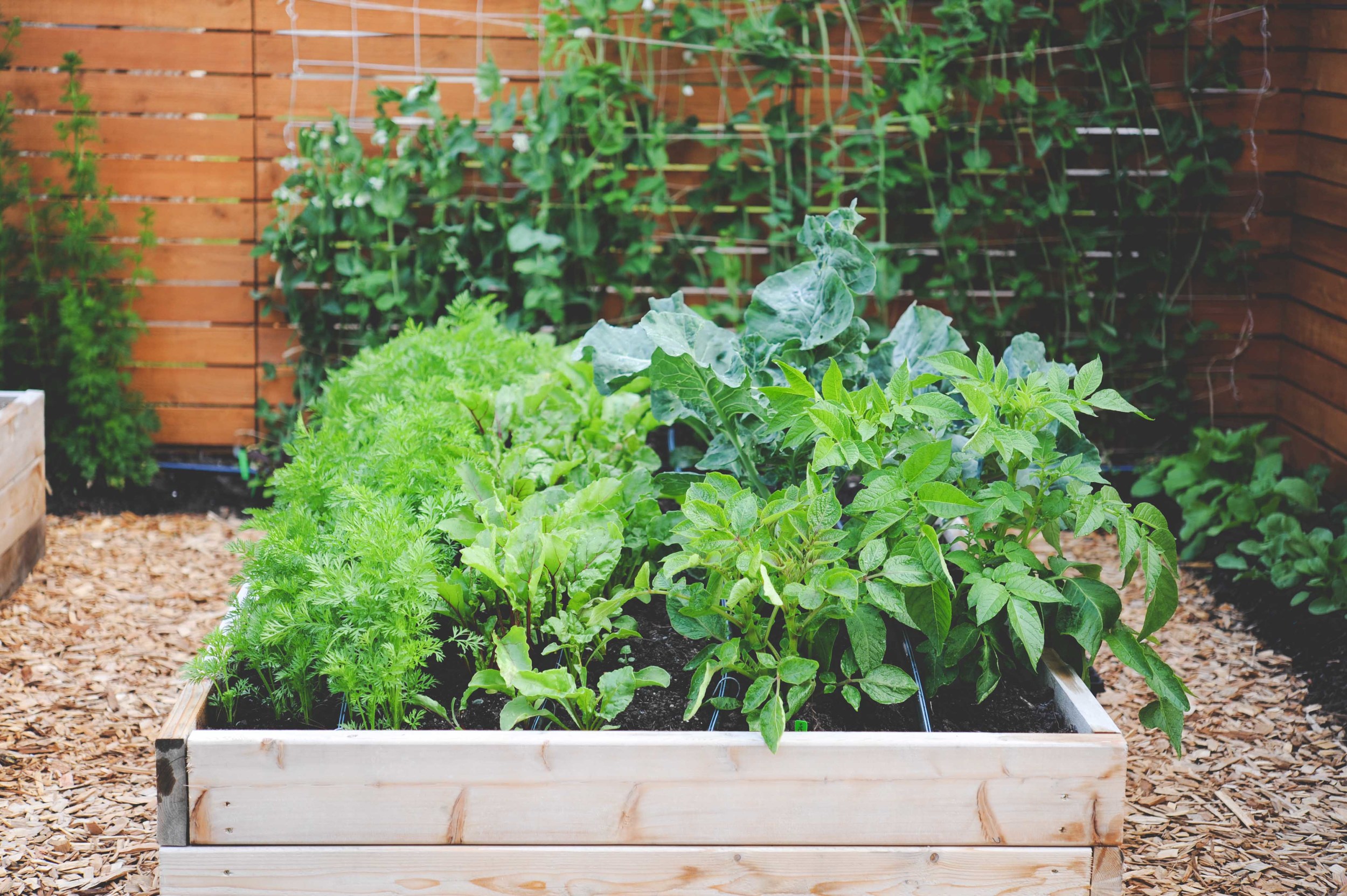Garlic and onions are, in my opinion, some of the most satisfying crops to grow. They are among the first transplants to be tucked into the early spring garden, and are ready to harvest at the onset of peak harvest season, a harbinger of the forthcoming abundance.
Read MoreWhy Drip Irrigation?
Vegetables need adequate and consistent water to grow well. Most vegetables are 70-95 percent water, and they need to get all that from somewhere. When it comes to watering your vegetable garden, we have found that a drip irrigation system with an automatic timer is the best way to achieve the consistent watering that crops require.
Read MorePlanting Calendars for Home Gardeners
All photos by Hilary Dahl
A planting calendar is just what it sounds like: something you can look at each week to determine how much of each crop to plant. Whether you're planning grow enough peppers to pickle for the winter or want to have a supply of arugula in the garden for fresh salads all summer long, a calendar is there to help you make the most out of your garden space!
Read MoreFavorite Varieties of 2015
Before summer becomes a distant memory, take a few minutes to jot down your favorite vegetable varieties from 2015! We try new varieties every year, but come spring, it's nice to know you've also ordered the tried and true seeds that you can count on. Here's a list of our stand-out varieties from this past season.
Read MoreFall Plant Palette: Late Summer Planting Inspiration
Fall is a great opportunity to prioritize planting vegetables that may take a back seat during the summer season. Here are 12 of our favorite annual vegetables that can be planted now to create your beautiful and productive fall garden!
Read MoreCurbing Blossom End Rot
A healthy Calliope eggplant puts on new fruit after blossom end rot damaged fruit were removed.
Blossom end rot can be an incredibly frustrating challenge for any vegetable gardener. There is something particularly upsetting about watching a perfectly healthy-looking plant produce damaged and rotten fruits! Fortunately, blossom end rot can be avoided and, once in process can often be overcome.
Read More





